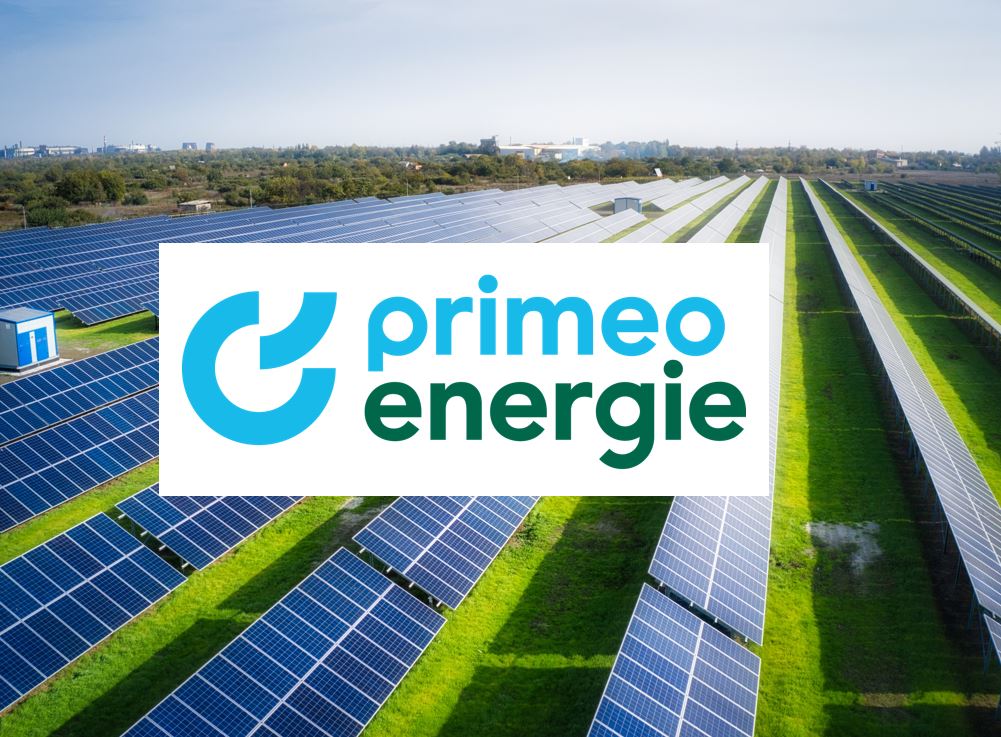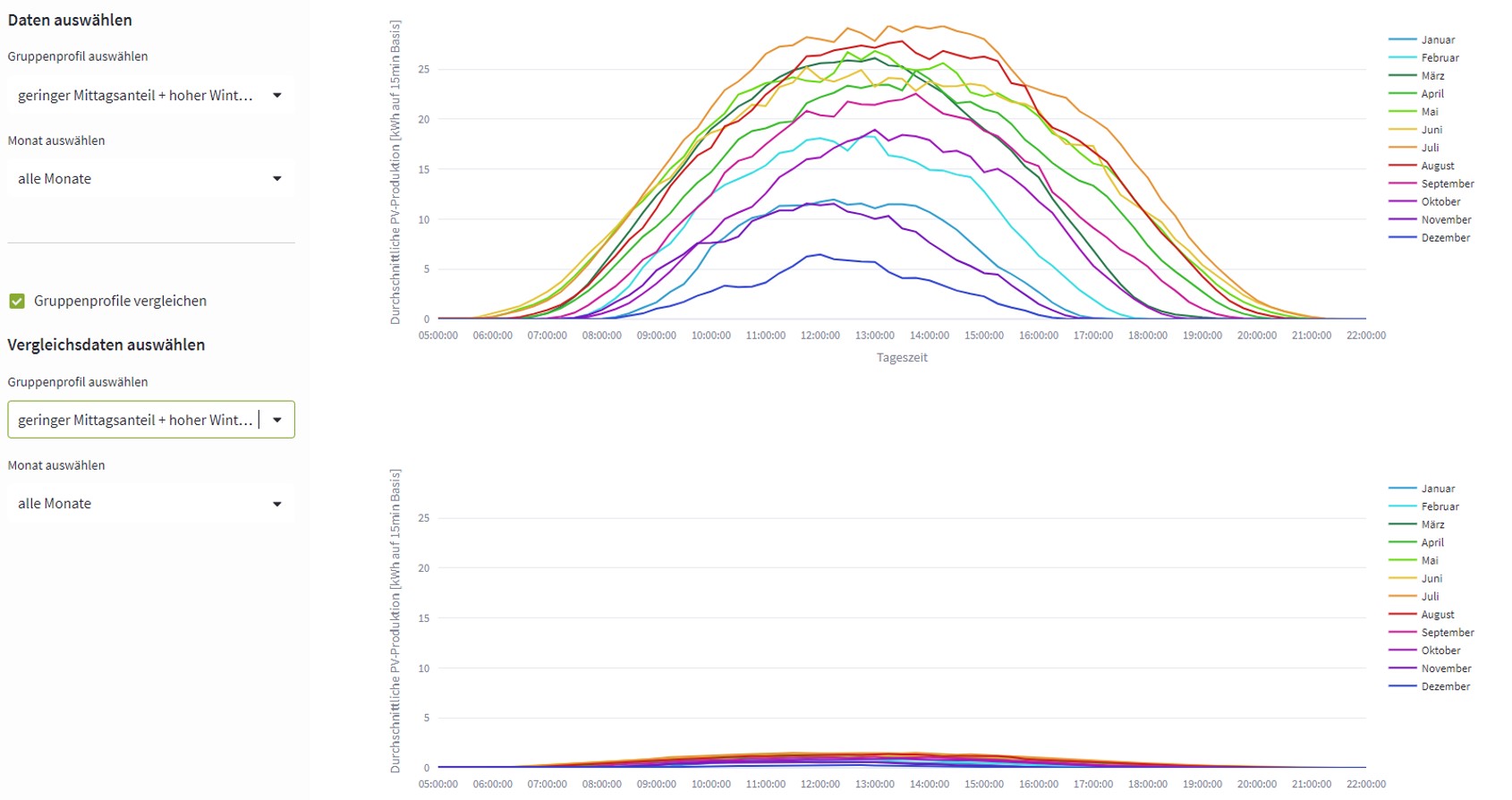Goal
Primeo Netz AG wants to better understand customer behavior and manage it with tailored tariff offers in the interests of a stable network.
Solution
Data-based analysis of customer behavior and creation of rule-based groups with regard to feed-in profiles.
Result
Better understanding of customer behavior as a starting point for more tailored, more attractive (optional) tariff design.
Challenge
With over 600 employees, Primeo Energie reliably supplies customers in Switzerland and France with energy. Primeo Netz AG serves the grid business area – from electricity transmission and distribution to the provision of grid-related services and e-mobility.
To meet the challenges of the energy transition, Primeo Netz AG is strategically utilizing data science and AI as solution building blocks to become even more data-driven and goal-oriented. In this process, eoda supports Primeo Netz AG from the vision to the implementation of concrete analytics use cases, such as PV performance forecasting.

A key issue at Primeo is the steady increase in private photovoltaic (PV) systems, coupled with high volatility and, in some cases, highly individualized customer profiles of the electricity fed into the grid. Specifically, the ever-increasing share of PV in electricity generation presents Primeo Netz AG with challenges for winter electricity generation, local power peaks, grid capacity bottlenecks, and voltage quality issues. These factors and challenges must also be considered and addressed in future grid expansion.
To counteract the challenges of grid expansion, Primeo offers, in addition to the market-oriented tariff for electricity fed into the grid from PV systems (at least a minimum remuneration), an optional tariff for customers with a PV system who use the electricity generation to cover their own consumption around midday and/or who have a high winter electricity share. The optional tariff provides for remuneration based on summer, winter, peak, and off-peak tariffs. The advantage is that Primeo customers can receive a higher reimbursement for the electricity they generate with the optional tariff than with the market-based tariff.
Previously, Primeo Netz AG relied on the evaluation of synthetic average generation and consumption profiles of solar power producers when designing the optional tariff. However, these do not allow for a precise verification of the match between the offered optional tariff and the customers' actual feed-in profiles.
Goal
To better understand customer behavior and steer it through more tailored tariff offers for a stable, future-proof grid, the key is the data-driven evaluation of its own customer data. With this project, Primeo Netz AG aims to move away from synthetic profiles and analyze the actual feed-in behavior of its customers. The resulting customer profiles will form the knowledge base for future measures for optional tariff design. Specifically, incentives are to be created to optimize feed-in and consumption behavior in order to promote behavior that promotes grid stability. This opportunity arises because, since the end of 2022, the feed-in tariff (also known as feed-in tariff or feed-in tariff) for smaller solar systems (< 30 kWp) in Switzerland has been regulated between solar power producers and energy suppliers, unlike in Germany.
The energy supplier to whom the surplus electricity is supplied determines the level of the feed-in tariff. As mentioned above, Primeo has, on the one hand, market-oriented remuneration and, on the other hand, the optional tariff to reward, above all, customers who help counteract the challenges mentioned above with their feed-in behavior.
Result
The starting point for the analysis of feed-in behavior are two central optional tariff objectives of Primeo Netz AG:
- Reducing production peaks (midday peak) with self-consumption
- Rewarding PV systems with a high winter electricity share
These two requirements form the basis for the data-based analysis of customers by eoda's data science experts. For this purpose, rule-based groups are created based on feed-in profiles, and the respective customer profiles are assigned to these defined groups. A distinction is made between groups that demonstrate positive feed-in behavior with regard to promoting grid stability (low midday share, high winter share, large system) and those that pose challenges to the grid (high midday share, low winter share, small system).
These groups are first differentiated from one another to be considered target customers for the optional tariff and are thus to be favored. For each identified group, the respective average daily profiles are visualized in a user-friendly dashboard for Primeo Netz AG.
Primeo uses the groups based on customer data to calculate the monetary benefits that customers receive when using the optional tariff compared to those who cannot benefit from the optional tariff.

Result
The data-based analysis of feed-in behavior helps Primeo Netz AG better understand customer behavior and design (optional) tariffs more precisely and attractively – both for customers and to promote grid stability. Compared to the synthetic, average customer profiles previously used, tariff adjustments and new optional tariffs can be tested and adjusted based on "real" customer profiles in the future. Furthermore, the new customer profiles offer the opportunity to respond significantly more effectively to changes in consumption.
Starten Sie jetzt durch:
Wir freuen uns auf den Austausch mit Ihnen.

Ihr Experte rund um das Thema Data-Science-Projekte:
Manfred Menze
projects@eoda.de
Tel. +49 561 87948-370